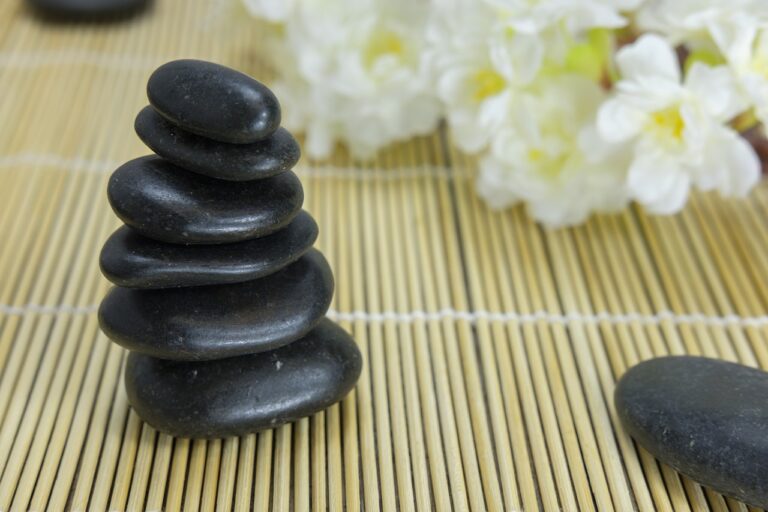The Psychology of Chronic Pain: Strategies for Coping and Healing
Chronic pain is more than just a physical ailment; it can have a significant impact on mental health as well. The constant discomfort and limitations caused by chronic pain can lead to feelings of frustration, helplessness, anxiety, and depression. The emotional toll of living with chronic pain can exacerbate the physical symptoms, creating a cycle of pain and negative emotions that can be challenging to break.
Furthermore, the prolonged nature of chronic pain can disrupt daily life and hinder social interactions, leading to feelings of isolation and loneliness. Coping with the ongoing pain can also drain one’s mental and emotional resilience, making it harder to engage in activities that bring joy or fulfillment. It is essential for individuals living with chronic pain to seek support and guidance to manage not only the physical symptoms but also the mental and emotional impact it can have on their overall well-being.
Understanding the Cycle of Pain and Emotions
Chronic pain and emotions are intricately connected in a cyclical pattern that can significantly impact an individual’s well-being. When experiencing persistent pain, the emotional response may amplify the physical sensations, leading to increased stress levels and negative mood states.
Conversely, heightened emotional distress, such as depression or anxiety, can also exacerbate the perception of pain intensity and duration, creating a loop of physical discomfort and negative feelings. This interplay between pain and emotions underscores the importance of addressing both aspects simultaneously in order to break the cycle and improve overall quality of life.
How does chronic pain affect mental health?
Chronic pain can have a significant impact on mental health, leading to conditions such as depression, anxiety, and stress. The constant discomfort and limited mobility associated with chronic pain can take a toll on a person’s emotional well-being.
What is the cycle of pain and emotions?
The cycle of pain and emotions refers to the interconnected relationship between physical pain and emotional distress. When someone experiences chronic pain, it can trigger negative emotions such as frustration, anger, and sadness, which in turn can exacerbate the perception of pain.
How can understanding the cycle of pain and emotions help in managing chronic pain?
By recognizing the connection between pain and emotions, individuals can develop coping strategies to break the cycle and improve their overall well-being. This may involve seeking professional help, practicing relaxation techniques, and engaging in activities that promote positive emotions.
Are there any specific treatment options for addressing the cycle of pain and emotions?
Treatment for the cycle of pain and emotions often involves a holistic approach that addresses both the physical and emotional aspects of chronic pain. This may include medication, therapy, lifestyle changes, and alternative therapies such as acupuncture or mindfulness meditation. It is important to consult with a healthcare professional to determine the best course of action for managing chronic pain and emotions.







